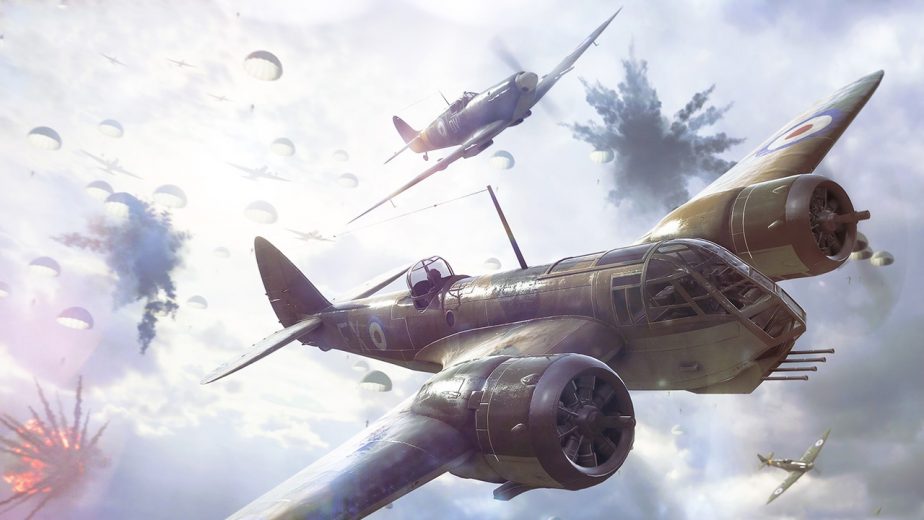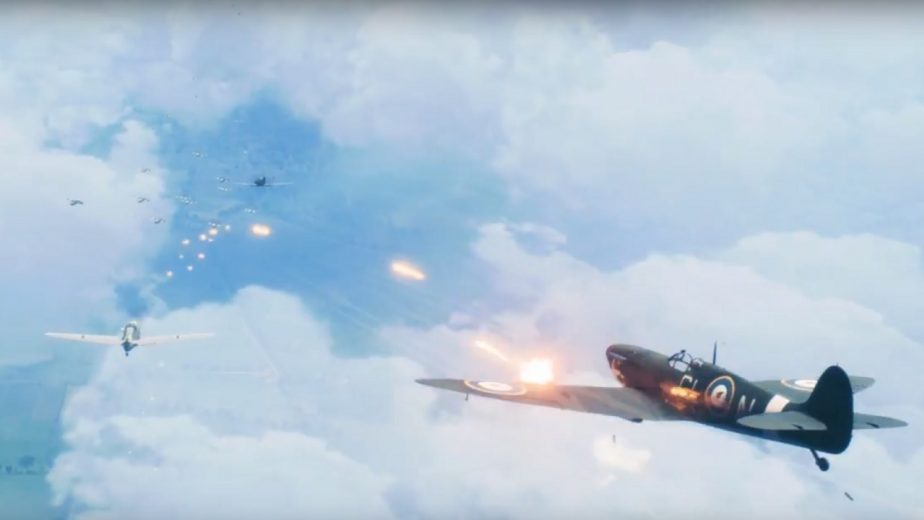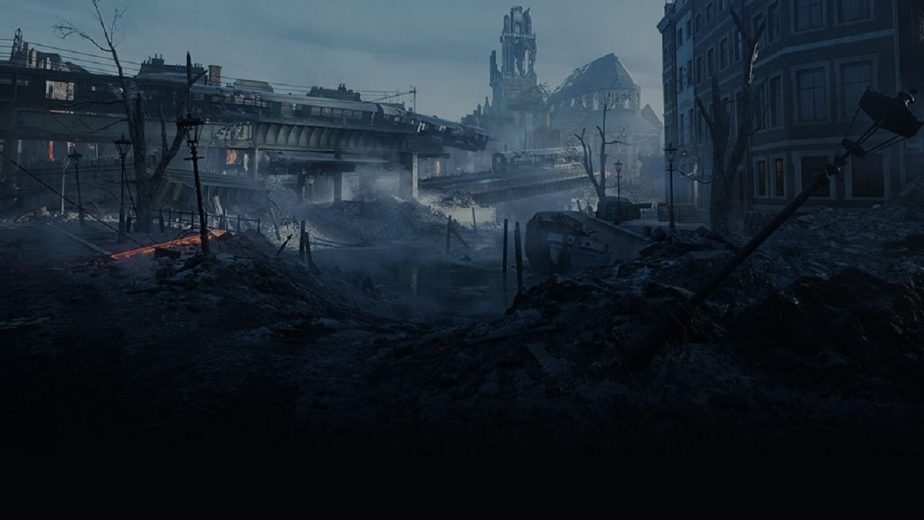When it comes to aircraft, the Battlefield 5 War Stories are, sadly, a little lacking. Unlike Battlefield 1, which featured an entire War Story about members of the Royal Flying Corps, Battlefield 5 has no such aerial mission. Players do have the option of using an aircraft at one stage during the Under No Flag War Story, but the mission can be completed without ever leaving the ground. The only part of the single-player campaign where players are guaranteed to find themselves in a cockpit is during the Battlefield 5 Prologue.

The Battlefield 5 Prologue: Intercept RAF 114 Squadron Over Hamburg
Like that of Battlefield 1, the Battlefield 5 Prologue takes players through a series of brief experiences set across the many battlefields of the Second World War. Following vignettes set in the Battles of Narvik, Siege of Tobruk, and Battle of Kasserine Pass, players take to the skies in a German fighter plane. Their mission; to shoot down RAF bombers en route to Hamburg. The mission takes place in 1943. Although the aerial section only spans a few minutes in-game, it gives players a snapshot at what was one of the most destructive bombing campaigns of the Second World War; Operation Gomorrah.

Narrator Mark Strong’s voice-over is particularly poignant in this section of the prologue; “Total war brought death home,” he says; “it wasn’t just about the soldiers on the front. This time the cross-hairs found the workers on the assembly line, they found the commuters on the train, and they found the children in the schools.”
Never before in warfare had such massive bombing campaigns been used on civilian populations. While the Germans were devastating London in the Blitz, the Allies were not above using such tactics themselves. Operation Gomorrah was one of the most infamous bombing campaigns of the war, targeting the German industrial city of Hamburg. The operation’s name was taken from a passage in the Bible, Genesis 19:24, which would prove to be horrifyingly apt:
“Then the Lord rained brimstone and fire on Sodom and Gomorrah, from the Lord, out of the heavens.”
Operation Gomorrah: The Allied Bombing of Hamburg
Hamburg was a major industrial city and especially important for the German navy. It contained shipyards, oil refineries, and facilities for maintaining U-boats. As such, it was a prime target for Allied bombing. Operation Gomorrah began near the end of July in 1943, launched by the British RAF and United States Army Air Force. It lasted just 8 days, but it was the heaviest bombing attack ever carried out at the time. British officials would later call it the “Hiroshima of Germany.”

Gomorrah was especially successful thanks to new technology; the use of chaff to foil German radar, which prevented the Axis forces from effectively shooting down planes. In the 8 days and 7 nights of the operation, the USAAF carried out daylight raids while the RAF attacked at night. All told, roughly 3,000 aircraft dropped 9,000 tons of bombs on Hamburg.
The Firestorm
The worst event of the entire operation took place on the night of the 27th of July. Almost 800 RAF aircraft staged a bombing raid over Hamburg, and the concentrated assault combined with the especially dry conditions, causing a firestorm to erupt. The colossal tornado of flame reached wind-speeds of 150mph and leapt over 1,000 feet into the sky. The inferno burned so fiercely that it reached temperatures of 800 °C (almost 1,500 °F) and destroyed 8 square miles of the city. Even the canals and the ocean in the harbour caught fire, as oil spilled from refinery tanks and ships. The firestorm’s winds were so strong that it could sweep people off their feet and into the inferno. Those hiding from the devastation in bomb shelters suffocated as the firestorm devoured the oxygen in the city.

When Operation Gomorrah ended, 42,600 people had been killed, and a further 37,000 were injured. More than a million civilians fled Hamburg in the wake of the firestorm. The bombing had destroyed more than 250,000 houses and permanently crippled the city’s industrial capabilities. Although the city would be bombed again many times; in just one week, the Allies dropped 40% of all of the bombs that fell on Hamburg during the war.




